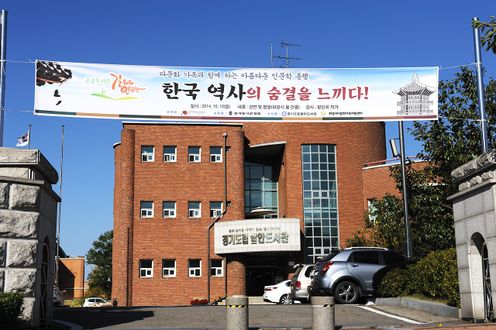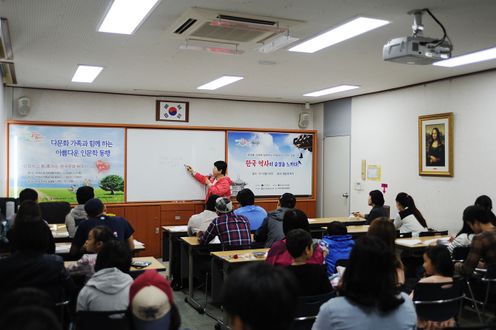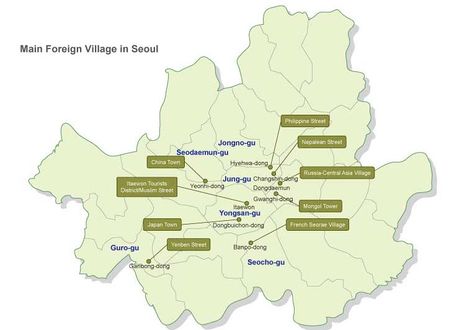South Korea’s Burgeoning Multi-cultural Families
According to the Immigration and Foreign Policy Statistics of the Ministry of Justice, the number of foreigners staying in Korea exceeded two million in 2016, and that was 4.0% of the total population. The number has more than doubled in the past nine years, having reached one million in 2007. Among the immigrants, 1,016,607 Chinese (49.6%), 149,384 Vietnamese (7.3%), 140,222 Americans (6.8%), 100,860 Thais (4.9%), 56,980 Filipinos (2.8%) and 54,490 Uzbeks (2.7%) live in South Korea. Overall, the number of foreign citizens in Korea has increased by about 0.3% annually since 2013. At this rate, the number of foreign residents will reach 10% of the entire population by 2024. The Korean government is working closely with local governments and civil societies to better respond to the rapidly growing number of foreign residents.
The recent increase in the number of marriage immigrants is noteworthy, as they have risen from 144,681 in 2011 to 151,608 in 2015. 84.6% of the marriage immigrants are foreign brides married to Korean men. In total, about 300,000 families in Korea (1.5% of overall households) are multicultural families. The growing number of multicultural families is posing a new social challenge for the Korean government because these families tend to face cultural and communication difficulties. Children born into such families also face difficulties in education and social adjustment.
In 2008, the Korean government adopted a framework policy for supporting multicultural families. In 2017, it has invested 150.6 billion KRW and founded additional 105 support centres in order to provide multicultural families with various services regarding family relations improvement, identity formation, social development, and future planning. Furthermore, the government launched the ‘Danuri Portal’ website that provides guidebooks containing information on living in Korea for marriage immigrants to help them smoothly adapt to society. It also launched a website called ‘Danuri School’ for pre-schoolers to make multicultural educational content and materials more readily available.
Private organizations are joining efforts to create more accepting social environments for multicultural families in Korea. TV broadcasters air programs that reflect the multicultural reality of Korea. Similarly, big corporations support public advertisements that highlight the benefits of cultural diversity and urge public awareness and acceptance.
Apart from marriage immigrants, the number of foreign students and workers has also increased. In 2015, more than 90,000 students from more than 160 countries came to Korea to study, not only engineering and technology but also the Korean language, history, and culture. However, the largest proportion of the foreign population residing in Korea is foreign workers. As the Korean economy has grown in scale and began to experience labour shortage, the Korean government introduced a new immigrant policy in which foreign workers are allowed to enter the country as industrial trainees.
For centuries, the Korean people took pride in the notion that Korea was a mono-cultural and mono-ethnic nation. As a result, this belief in mono-ethnicity led to discrimination or rejection of ethnic minorities living within their society. Yet, history reveals that Korean people have always interacted with the outside world and accepted foreigners as members of their own at various times.
The turn towards multi-culturalism is an irreversible trend. Therefore, Korea will evolve into a more globalized society as the children born and grown in multi-ethnic, multi-lingual, and multi-cultural families enter Korean society and make long-term changes.


